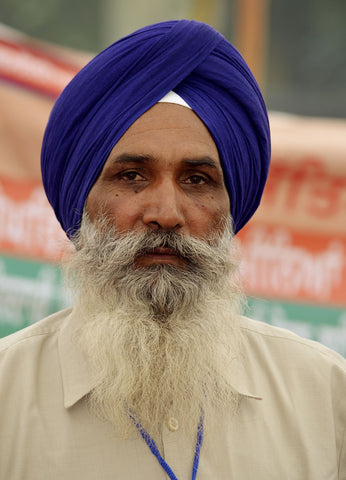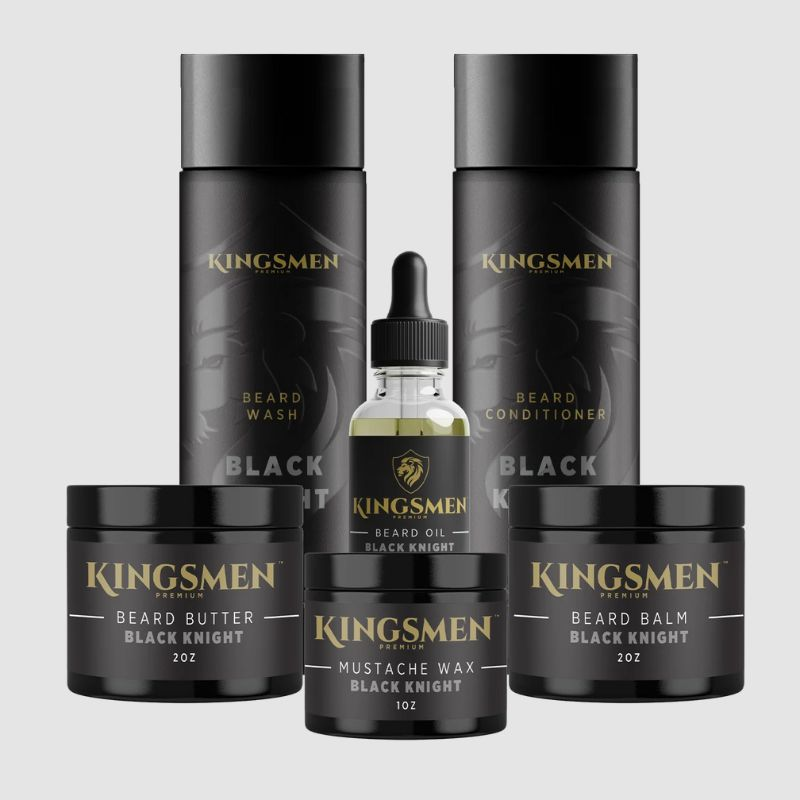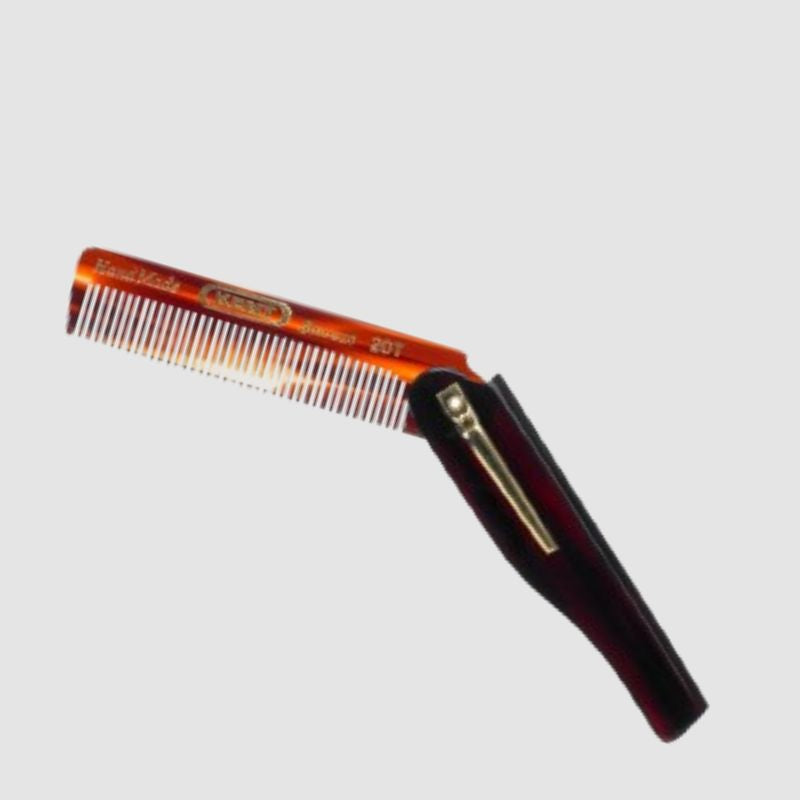The sacred sikh beard
Some of the most epic beards in all the world are grown by our Sikh brothers. Their glistening whiskers seem to go on forever in one glorious flow of well-kept hair. Their long mustaches appear to drape effortlessly and are always impeccably brushed. With hair delicately wrapped up in a colorful turban, the Sikh look of devotion is complete. The Sikh beard isn’t just impressive, though. It’s also considered sacred. In fact, Sikh Kingsmen see their beard as a gift from God.
It all dates back to the 17th century, in India. There existed a Guru and Guru Gobind Singh was his name. He was the tenth Sikh Guru and the final human Sikh Guru. He became the top man in the Sikh religion when he was just nine years old. Guru Gobind Singh is known for creating the Five Ks at the Baisakhi Amrit Sanchar in 1699. The Five Ks are five items that Sikh warriors or initiated Sikhs must wear. These initiated Sikhs, known as Khalsa, were commanded to wear Kangha, Kara, Kachera, Kirpan and Kesh.
Kangha
A Kangha is a comb made of wood. It’s not too different from a common beard comb. It is commanded that initiated Sikhs must use the comb to brush out their hair twice a day. When it’s not being used to brush the hair, it’s worn in it. In fact, it’s supposed to be worn in the hair at all times. The comb symbolizes order, cleanliness and organization in life.
Kara
This ‘K’ is an iron bracelet to be worn all day, every day. It’s symbolic of the idea that God is eternal or never ending and serves as a reminder to follow the teachings of the Guru. It also represents an initiated Sikh’s connection with his community, like a chain link.
Kachera
Kachera are a type of undergarment worn by initiated Sikhs. This includes women. They look like a pair of boxer shorts with a regular drawstring, but the idea is that, if you’re wearing this garment at all times, you will never be caught unprepared for battle.
Kirpan
The Kirpan is the dagger all initiated Sikhs carry on their person at all times. It’s symbolic of a Sikh’s willingness and preparedness to jump to the defense of a fellow human in need. Sikhs are expected never to turn away from another person in trouble. And yes, the dagger is always kept sharp.
Kesh

Kesh is the real reason we’re here, Kingsmen as this is the ‘K’ that deals with the beautiful Sikh beard. Kesh is uncut hair, whether it’s the long, flowing locks on your head or your magnificent mane. As hair is considered a gift from God, it shouldn’t be cut. This is out of respect for God and the bodies he gave us. Long hair is considered part of a Sikh’s manhood, but women are also commanded never to trim their hair. A Sikh with long hair and an untrimmed beard is seen as a spiritually devoted man of faith. Sikh men keep their hair up in a turban which is supposed to equalize everyone. It is a constant reminder that all Sikhs are considered equal. Women included.
One of the most interesting things about Kesh is that the beard never seems to grow too long. When Sikh men worry about their beards hitting the ground, they are assured that nature will keep the beard at a manageable length through shedding and breakage. Also interesting is the fact that Sikh men are not supposed to style their beards. Their whiskers must be left as nature made them.
As time moves forward, more Sikh men and women are loosening their adherence to a lot of these practices. Some will maintain short hair and a short beard, others may ditch the turban or the dagger, even more still are using beard care products like beard balm and beard butter to style and shape their beards. Sadly, that means that in the not-too-distant future, these beautiful, well-kept Sikh beards may be a rarity, so appreciate them when you see them!
Learn more about beard history, beard culture and beard care tips by subscribing to our newsletter.
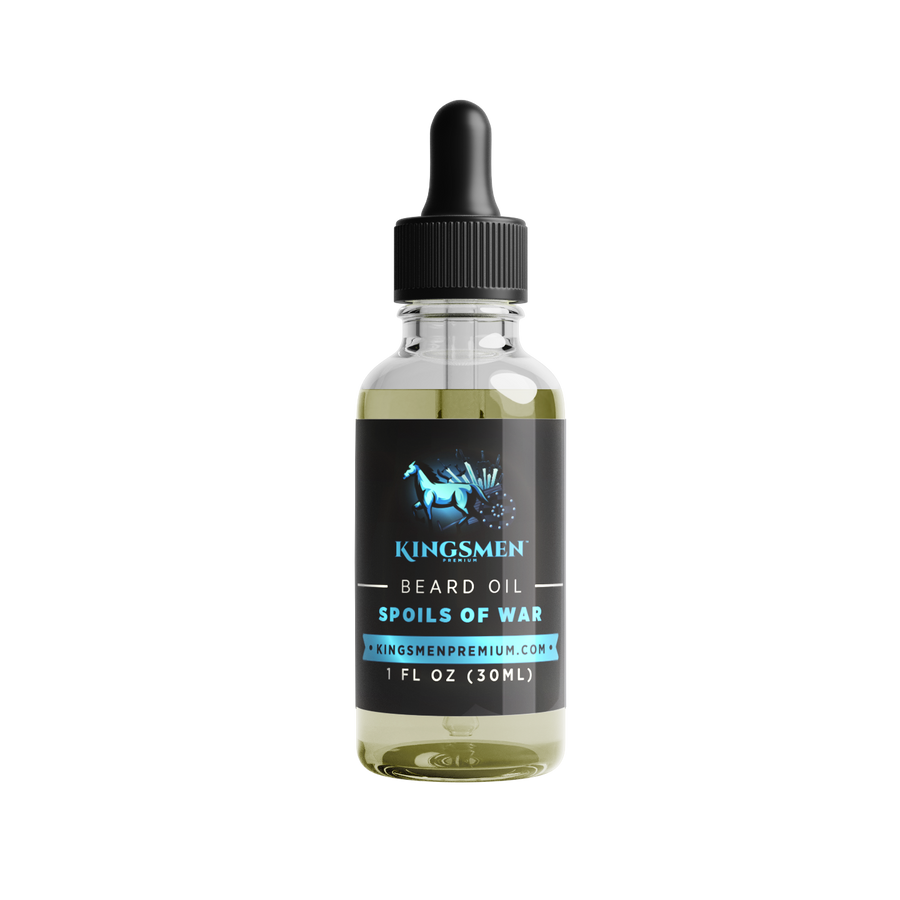


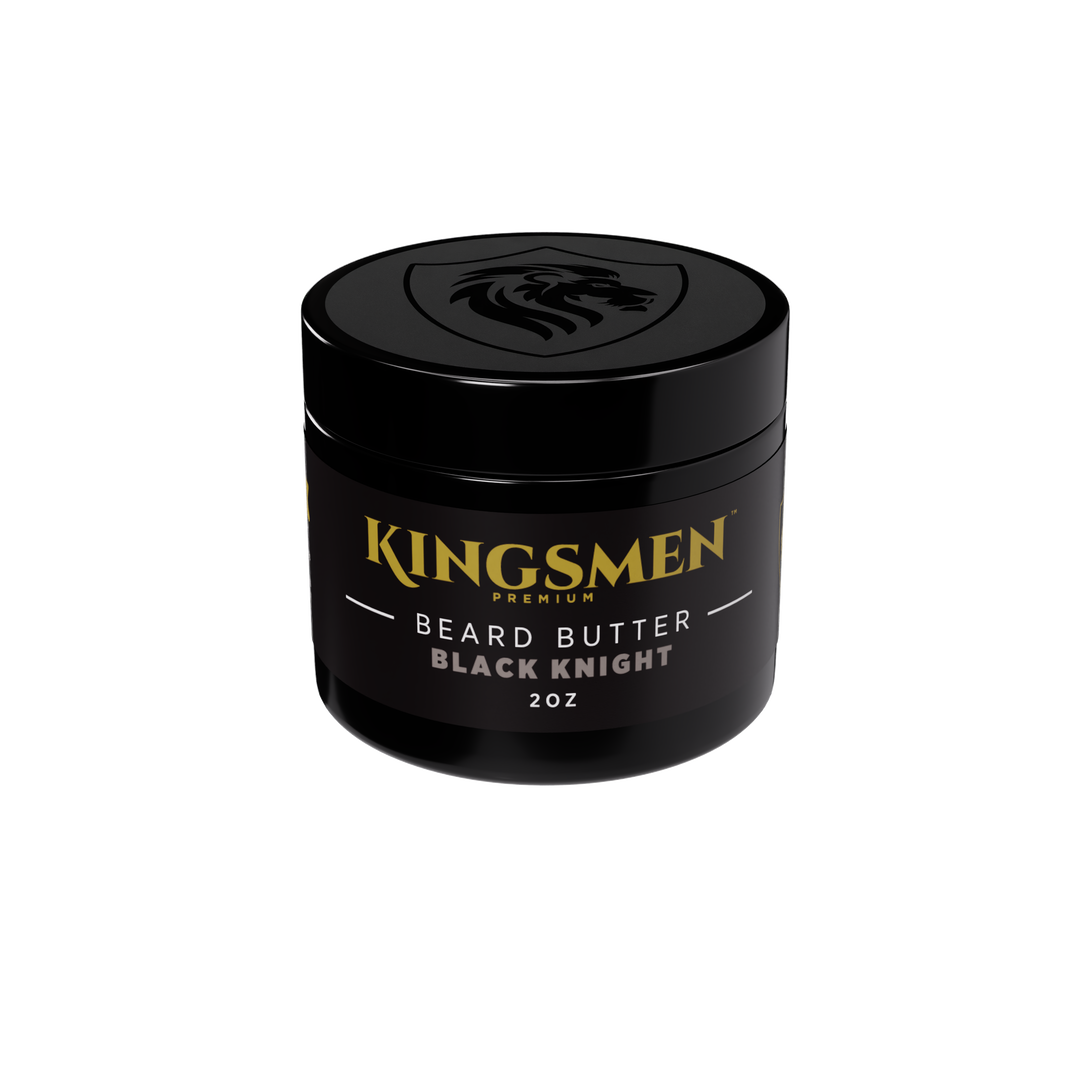
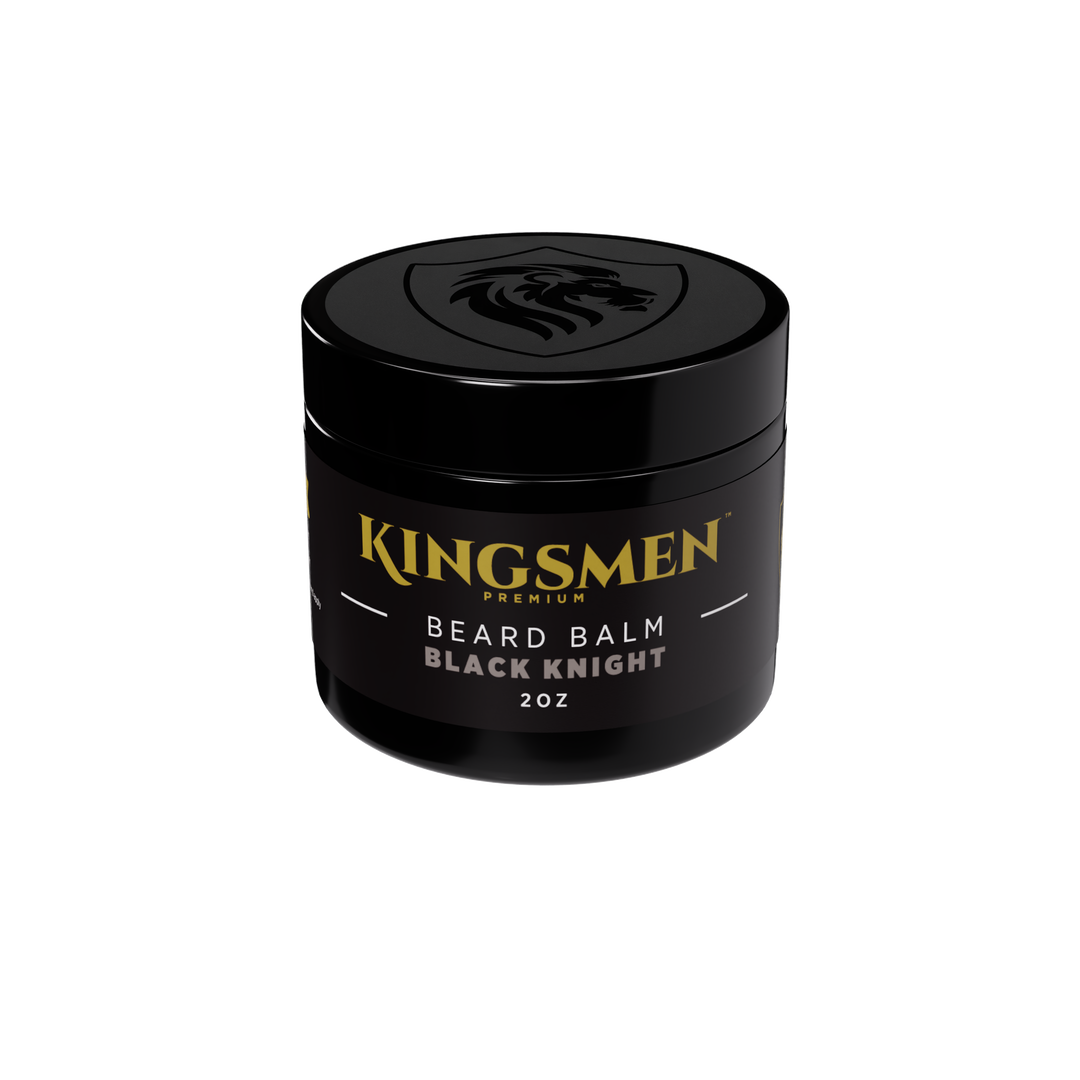
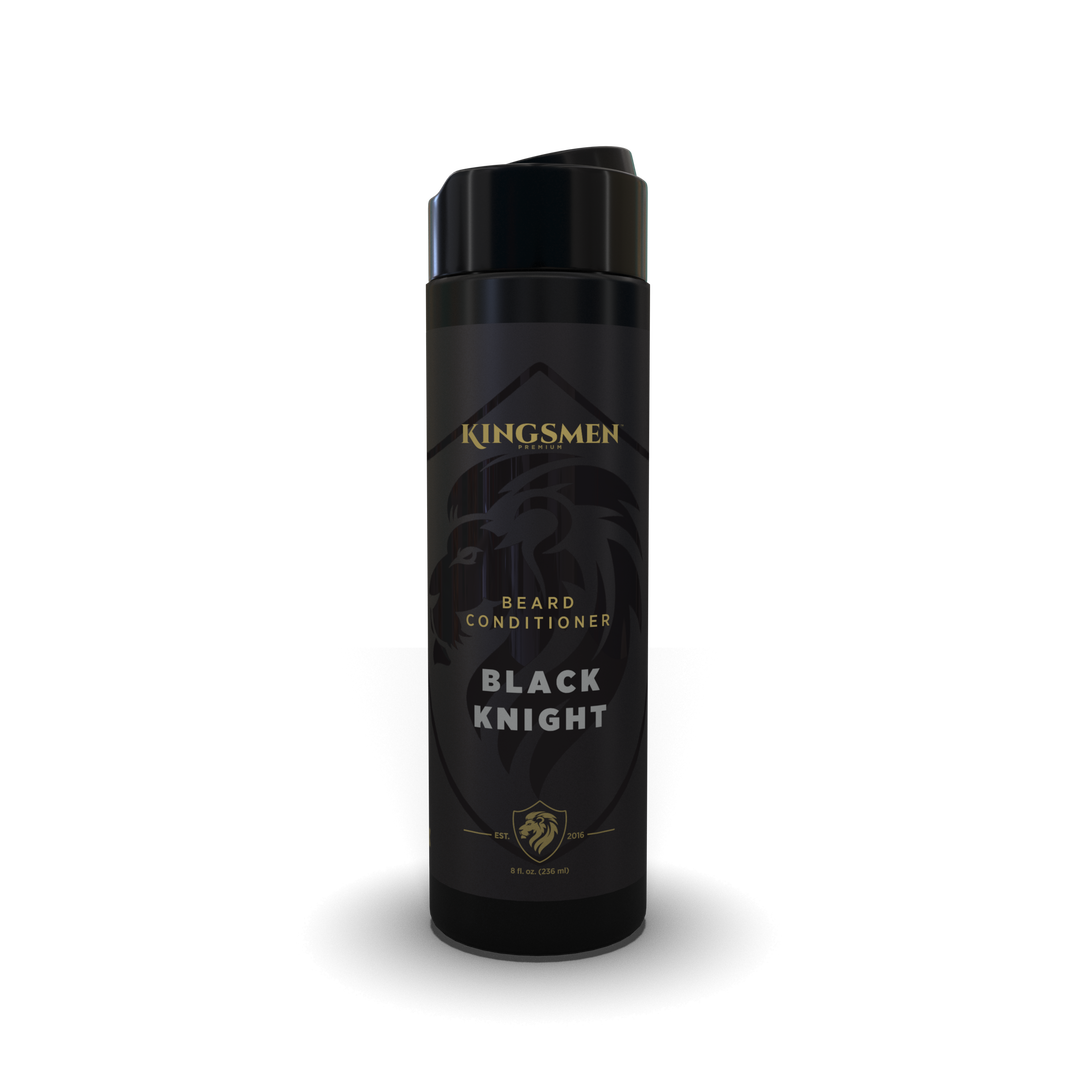

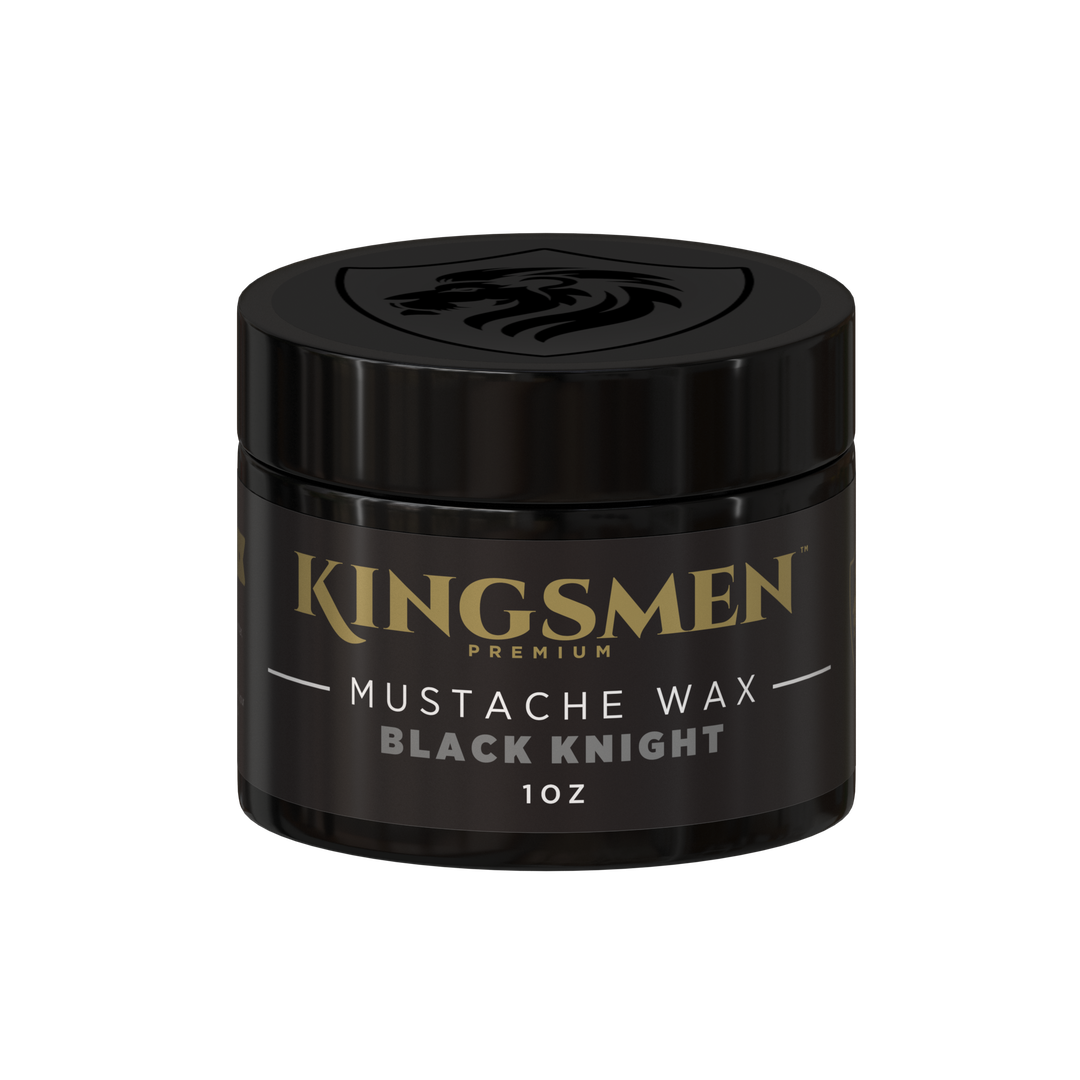
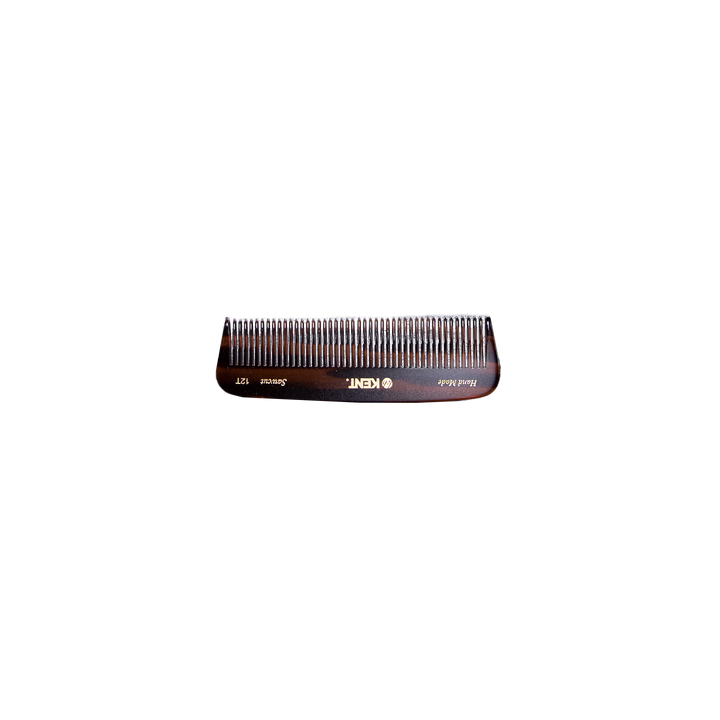
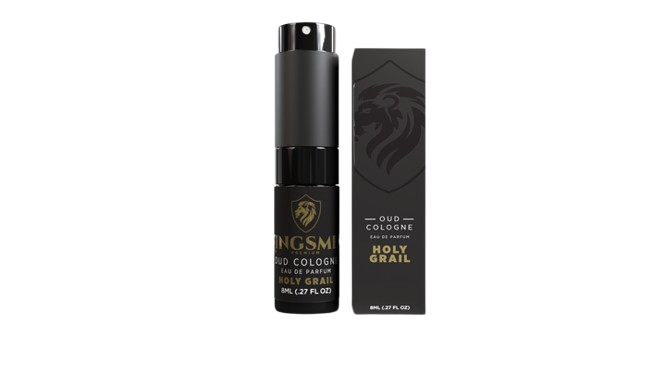

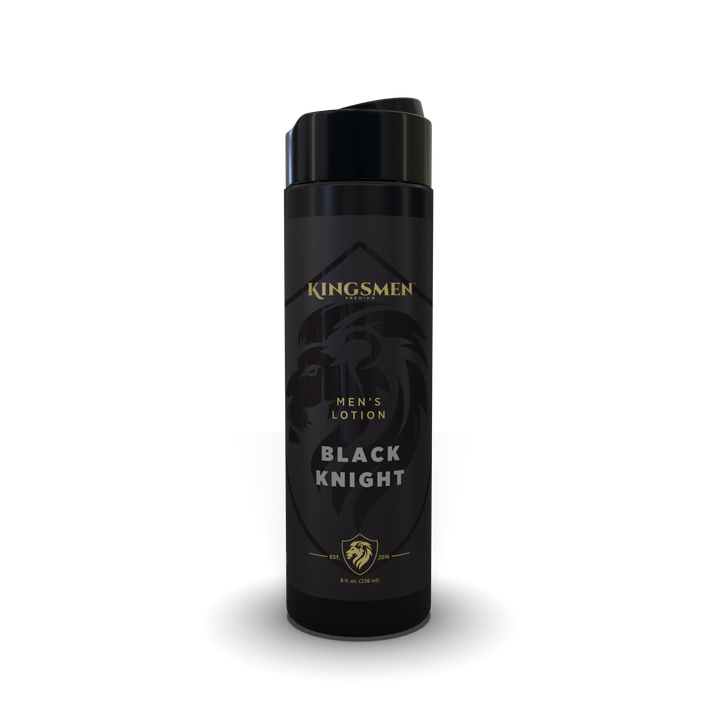
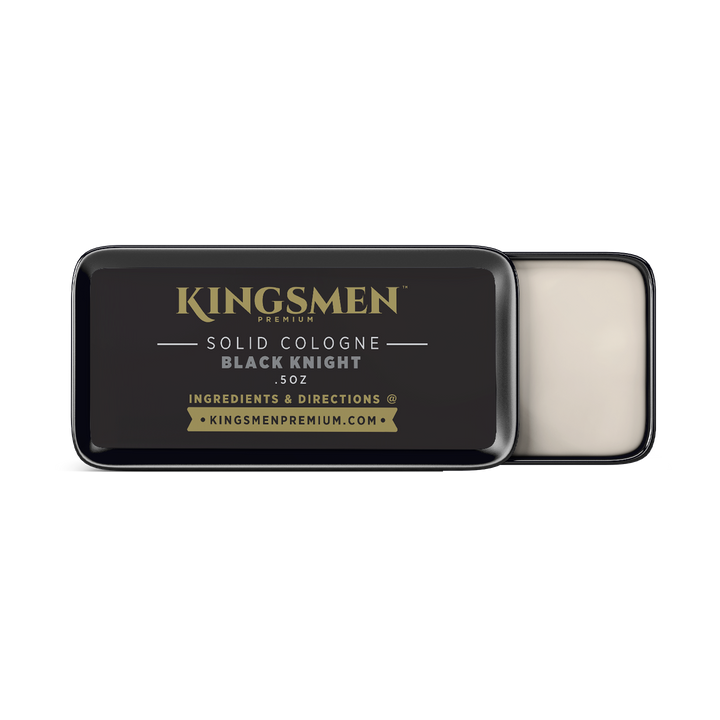






 VERIFIED BUYER
VERIFIED BUYER
 Monthly Scent Program
Monthly Scent Program
 Beard Care Kits
Beard Care Kits
 Beard Oil
Beard Oil
 Beard Butter
Beard Butter
 Beard Balm
Beard Balm
 Beard Conditioner
Beard Conditioner
 Beard Wash
Beard Wash
 Mustache Wax
Mustache Wax
 Kent Combs and Brushes
Kent Combs and Brushes
 Holy Grail Oud Spray Cologne
Holy Grail Oud Spray Cologne
 Body Wash for Men
Body Wash for Men
 Men's Lotion
Men's Lotion
 Solid Cologne
Solid Cologne
 Gift Ideas
Gift Ideas
 T-Shirts
T-Shirts
 Hats
Hats
 Hoodies
Hoodies
 Long Sleeves
Long Sleeves
 Accessories
Accessories





